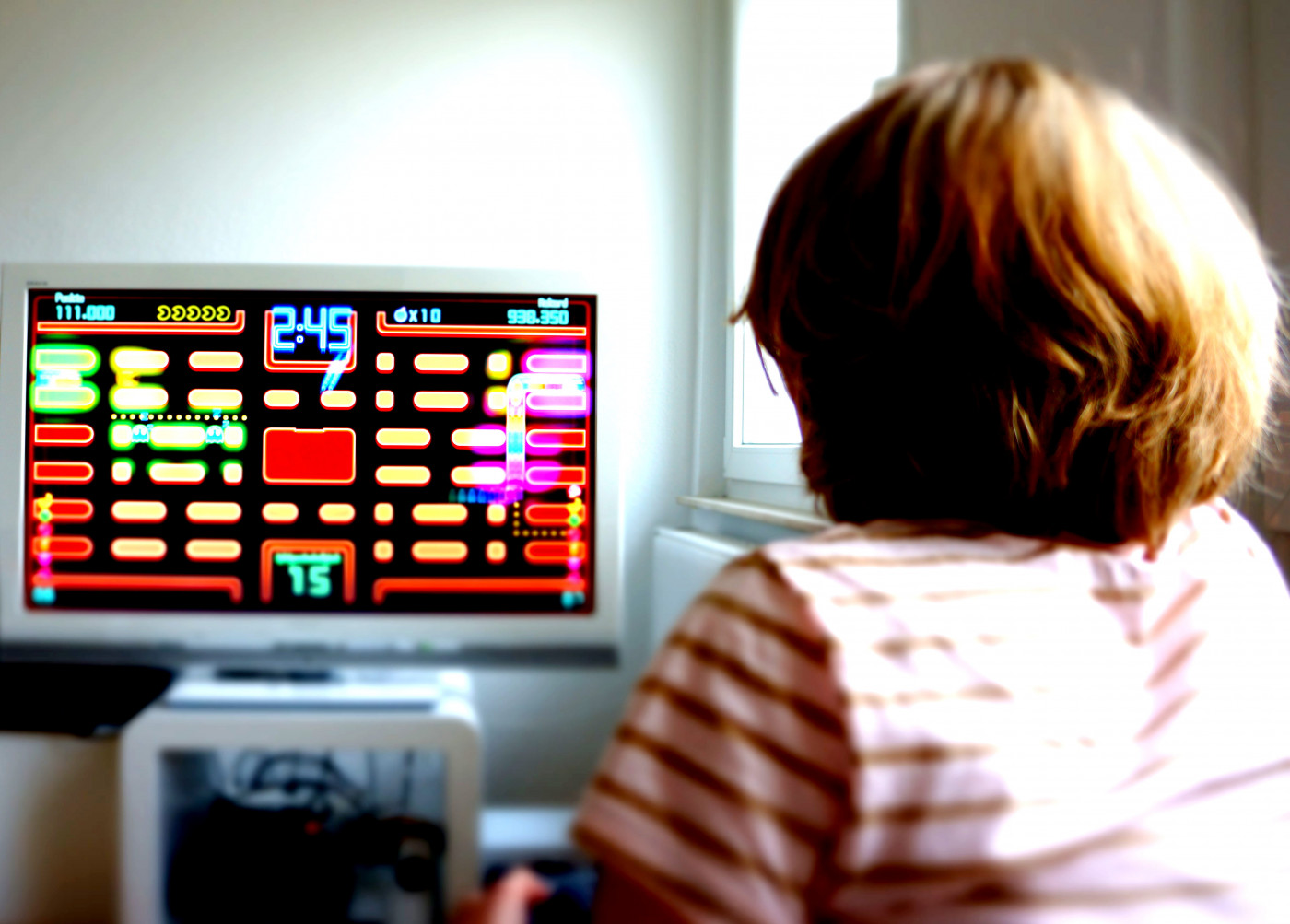Interactive Computer Play as Rehab Is Safe for Kids with CP, Study Says

Interactive computer play rehabilitation for cerebral palsy children
A six-week interactive computer play rehabilitation program for children with moderate cerebral palsy was feasible and safe in school settings, a study shows. These findings may aid in the development of rehabilitation programs for children with cerebral palsy.
The research article, “The effect of interactive computer play on balance and functional abilities in children with moderate cerebral palsy: a pilot randomized study,” was published in Clinical Rehabilitation.
To improve postural control and balance in children with cerebral palsy, interactive computer play using commercial devices has become a popular rehabilitation technique. Studies have shown that postural control and balance can be improved in children with cerebral palsy after interactive computer play.
Despite these positive findings, there are still knowledge gaps in interactive gameplay and rehabilitation for children with cerebral palsy. Crucially, the effect of interactive computer play on children with moderate cerebral palsy is largely unknown. The medium- to long-term effects of interactive computer play on control and balance also remain unknown.
Most commercial devices, such as the Nintendo Wii Fit, are not designed to stimulate specific body movements for rehabilitation. Also, these commercial devices do not have software that is sufficiently sensitive to translate the subtle movements of a child with moderate cerebral palsy into a score in the game while providing the right level of challenge.
Researchers from The Hong Kong Polytechnic University and England’s Manchester Metropolitan University looked into these knowledge gaps. They investigated the feasibility and potential effectiveness of a six-week interactive computer play training on balance and gross motor function in children with moderate cerebral palsy.
This study (NCT02975804) included 18 children ages 6-14 with moderate cerebral palsy, paired according to age and severity of cerebral palsy, and randomized into the intervention group or control group.
All children continued their usual motor control and muscle strength physiotherapy program at school. They were also asked to stop any interactive computer play designed to train balance either at home or at school during the study period.
The intervention group received interactive computer play training in sitting four times per week, 20 minutes per session for six weeks. All the study children were assessed at baseline (week 0), week 3 (mid-intervention), week 6 (end of intervention) and week 12, six weeks after the intervention for sitting balance and gross motor function.
No noticeable differences were found between the intervention and control groups at 3, 6, and 12 weeks in any of the assessments. Nevertheless, the ease of delivery of the interactive computer play, the high attendance rate, excellent compliance rate and absence of any adverse event in the present study confirms that the intervention protocol was feasible and safe in the setting of schools for children with physical disabilities.
The results showed that children in both the intervention and control groups generally improved their sitting balance and functional gross motor skills over the 12-week period. These improvements were particularly true when assessed by two specific tests: the Pediatric Reach Test and the Gross Motor Function Measure-66-Item Set.
“The preliminary findings of this study showed that this training program did not confer extra benefit in improving sitting balance and gross motor function for children with moderate severity of cerebral palsy over conventional physiotherapy,” researchers said.
“Future studies with larger sample sizes may be of value but single-subject, multiple baseline study designs may have greater potential to identify the specific criteria that influence trunk control during interactive computer play in this population group,” they concluded.


